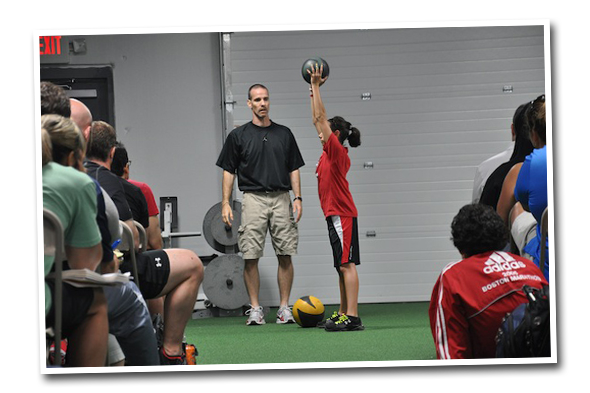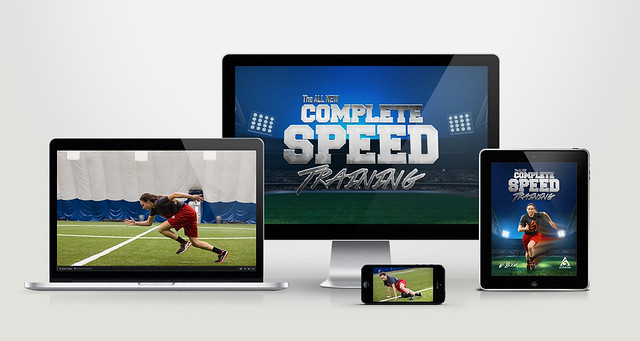All I have to say is that today’s Exercise You Should Be Doing will make you make this face.
It’s that cool.

Or, I don’t know, if that doesn’t do the trick, what if I told you I’m not wearing a shirt as I write this post, maybe that would help?1
Anyways, today’s exercise I want to share is pretty neato.
Transverse Landmine Snatch
Here’s one of my athletes, Rishi, who’s part of the USA Men’s Field Hockey Program, performing it during last night’s training session.
Who Did I Steal It From? – Stanford University Strength & Conditioning coach Cory Schlesinger.
HERE’s his Instagram page. You should follow him.
What Does It Do? – In short, it’s an excellent introductory drill that trains explosiveness and power; albeit in multiple planes AND in a manner that’s very joint friendly and relatively easy to learn.
I’ve never been shy or reluctant to admit I’m a coach who’s not in any way, shape, or form competent in the OLY lifts.
When I was at Cressey Sports Performance we never prioritized them with our athletes – instead leaning very much on things like medicine ball throws, KB swings, bounding, and sprinting – and even now, at CORE, I still don’t prioritize them.
This is not to insinuate I feel the OLY lifts aren’t wonderful or that they don’t work. To speak candidly I’m at a point in my coaching career where I know what I’m good at and if someone I’m working with really wanted to learn them (or I felt they could benefit from learning them) I have many colleagues in the area I can refer to.
NOTE: If you’re interested you can read more about why I don’t use the OLY lifts HERE.
What I like most about using the landmine in this instance is that it kinda-sorta keeps things predictable; I.e., the barbell will more or less stay in the same path each and every repetition.
This makes the learning curve infinitely shorter.
What I also like about this variation is that it combines a lot of “good” things into one movement: Hip hinge, split stance, rotary stability, transverse (multi-planar) motion, and fake “overhead” pressing.2
The latter makes this an excellent exercise for those who play sports with a heavy overhead component (baseball, basketball, swimming) or for those who may lack the requisite mobility to go completely overhead.
Key Coaching Cues: This isn’t something a lot of people can perform on Day 1. Sure, you’ll get some athletes/clients who will be able to pick it up quickly, but typically I’ll first need to take the time to coach someone through a proper hip hinge, progressing them from a deadlift to a KB swing, KB/DB clean, and also pepper in a fair amount of anti-rotation movements (carries, for example) alongside landmine pressing variations.
In short: it’s important to master the “parts” of the movement before you train the whole enchilada.
Only then will the movement make sense or “click” with someone.
Once there, though:
- The move should start with the plate “hovering” a few inches above the ground, with the inside leg (leg closest to the bar) staggered.
- It’s important not to “lose” the shoulders; upper back stiffness is crucial.
- They’ll then clean the barbell, rotate, and “catch” it in an extended squared-stance position. Like I said above it’s one of those exercises that’s best broken down into its parts. Once the novelty of those have been addressed it makes the actual exercise a bit easier to handle.
- I tend to stick in the 3-5 reps/side range and take into account I want this to be explosive. For most people loading 25-45 lbs on the bar will be more than enough.





